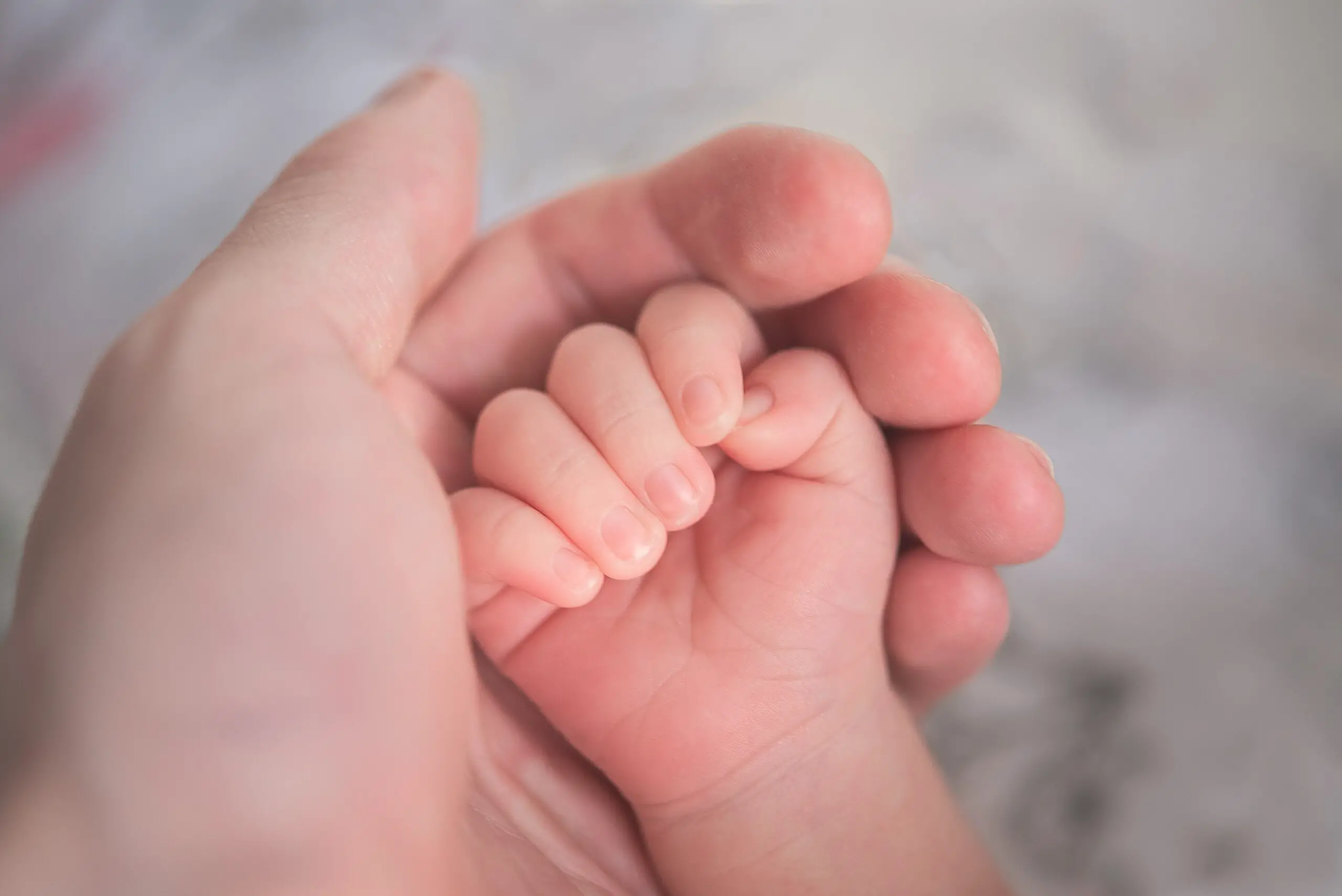BS”D
Below is a list of 18 well-known segulos for fertility and childbirth. Where possible the source(s) for each segula are included:
Segulos for Fertility and Childbirth
- Emuna (אמונה ) has the same gematria as the word, bonim (בנים). When one has emuna, he merits having children (Likkutei Eitzos, Erech Bonim, 14)
- Distributing “chai rotl” (or 54 liters of drink) to the to the celebrants on Lag B’Omer in Meron is a segula for finding fertility. (Ta’amei ha-Minhagim)
- Being kvatter for a baby boy at his bris milah is a segula for childless couples to have their own children
- A segula to be remembered for children is to buy sefarim and lend them out to others (Devarim Rabbah, 14, based on the pasuk, “Mi hikdimani va’ashaleim” [Iyov 41:3])
- Those who print sifrei kodesh merit to be remembered for children (see Kesubos 50a)
- The author of the Zera Shimshon, who left the world childless, blessed those who learn his sefer that their “…eyes shall see children and children’s children, like olive shoots around your table.” Many individuals have experienced miraculous brachos and yeshuas after learning Zera Shimshon.
- A number of authors have written that it is a segula to be remembered for children to print or learn from their sefarim. If one is not able to do this, he can buy these sefarim and lend them to others to learn from them. These include: Ohr Hachayim Hakaddosh, Rabbeinu Bachya, Sefer Raziel Hamalach, the authors of the Pele Yo’etz.
- “Fulfilling the mitzvah of Shiluach HaKan is a segulah to merit children,” as it says, ‘Sha’layach tishalach es ha’eim’ – you should send away the mother [bird]. And what is the reward? ‘V’es habanim tikach lach’ – and the children you should take for yourself, meaning the children of the mother bird, but also, children for oneself” (Techinos U’Bakashos 240).
- Drinking from a cos shel brocha after bentching is a segula to be remembered for children (Ne’eimas Hachayim, page 537, in the name of the Kupas Besamim).
- Accepting upon oneself to light Shabbos candles early is a segula to be remembered for children (Segulos U’Tefillos in the name of the Arizal).
- According to Rabbeinu Bachya’s commentary to Parshas Tetzaveh (Shemos 28:15):
“...Reuven’s stone was the ruby, a red stone, red like blood, and its Segulah is that any woman that carries [or wears] it will never miscarry a child. It is also said that it is beneficial for a woman who has a hard time giving birth [to have this stone].If this stone is ground up and added to food or drink [of a woman] it is extremely beneficial to help her become pregnant...”
- There is a minhag to take the esrog used on Sukkos and preserve it with sugar as a jam. This esrog preserve is then eaten on Tu B’Shvat. Some of this esrog can be eated by a pregnant woman as a segula for having an easy labor and delivery. (Sefer Taamei Haminhogim, simon 815, based on Orchos Chaim simon 664, in the name of sefer Yafah LeLev)
- Eating the Melave Malka meal at the conclusion of Shabbas is a known segula for an easy childbirth. (Sefer Taamei Haminhogim, page 568).
- Pregnant women should be very careful not to step on discarded fingernails (Shulchan Aruch), and should avoid visiting a bais hachaim since in such places dangerous spirits linger which can potentially cause damage to the fetus.
- Making sure that all of one’s holy sefarim are in their upright position and properly stored is a segula to prevent a breeched birth.
- There is a minhag to honor the husband of a woman in her ninth month with the opening of the Torah ark and the removal of the Torah scrolls at shul, a practice known as pesicha. (The Chida in Moreh B’Etzba 3:90).The intent is just as the ark is easily opened and the scrolls removed, so too should the new baby arrive easily into the world.
- Many women have the custom to immerse in a mikva in their ninth month of pregnancy in order to give birth in absolute purity and to illicit teshuva.
- R. Moshe Tzvi Landau writes that it is customary to place the Sefer Noam Elimelech, beneath the head of a mother during labor. (Shulchan Melachim page 35b). This segulah has been practiced for hundreds of years and there are many stories of miracles involving Rebbe Elimelech and his sefer Noam Elimelech.


